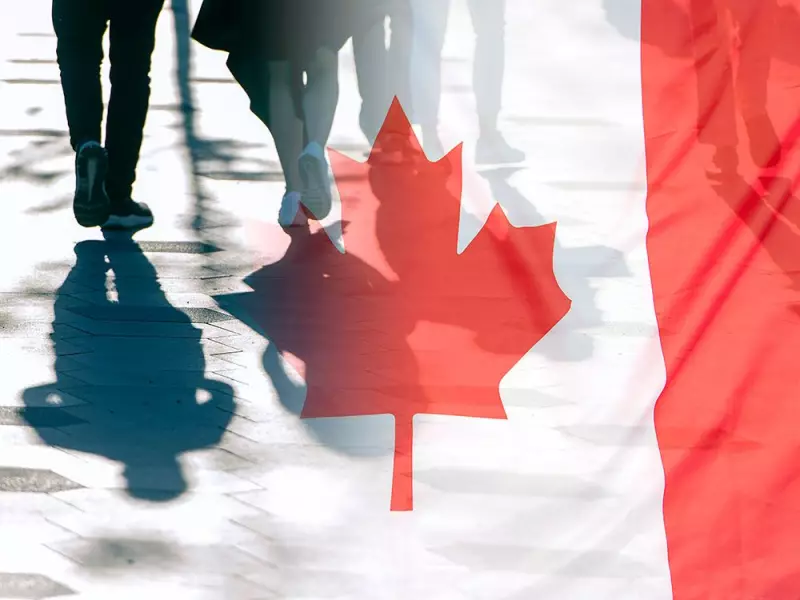
In a sweeping policy reversal that could reshape Canada's economic landscape, the federal government has announced significant reductions to both temporary and permanent immigration targets in its 2025 budget. This marks a dramatic departure from Canada's traditionally expansive immigration approach.
A New Direction for Canadian Immigration
The Liberal government is proposing substantial cuts that would see temporary resident numbers slashed by 20% over the next three years. This represents one of the most significant shifts in Canadian immigration policy in recent decades.
Finance Minister Chrystia Freeland emphasized that these changes are designed to manage population growth more sustainably while addressing mounting pressure on housing and infrastructure.
By the Numbers: Breaking Down the Cuts
The proposed reductions are both substantial and strategic:
- Temporary residents to be cut from current 6.2% of population to 5% by 2027
- Permanent resident targets reduced to 450,000 in 2026
- Further reductions to 400,000 in 2027
- Overall population growth expected to slow significantly
Addressing the Housing Crisis Head-On
This policy shift comes amid growing concerns about Canada's housing affordability crisis. With population growth outpacing housing construction, the government is attempting to rebalance the equation.
"We need to ensure our population growth does not continue to outpace our ability to build homes and infrastructure," a senior government official stated during budget briefings.
Economic Implications and Business Concerns
While the move may ease housing pressures, business groups are expressing concern about potential labor shortages. Canada has relied heavily on immigration to fill workforce gaps, particularly in sectors like construction, healthcare, and technology.
The government maintains that a more measured approach will allow for better integration of newcomers while supporting wage growth for existing residents.
What This Means for Prospective Immigrants
For those planning to come to Canada, the landscape is changing significantly:
- Increased competition for permanent residency spots
- Tighter restrictions on temporary work and study permits
- Greater emphasis on high-demand skills and provincial nominations
- Longer processing times expected due to policy adjustments
A Political Balancing Act
The immigration cuts represent a delicate political calculation for the Liberal government. While responding to public concern about housing and infrastructure, they risk alienating traditional supporters who value Canada's multicultural identity and pro-immigration stance.
Conservative critics argue the changes don't go far enough, while immigration advocates warn about the economic consequences of reducing newcomer intake.
As Canada navigates this new immigration reality, all eyes will be on how these policy changes affect everything from housing prices to business growth in the coming years.





